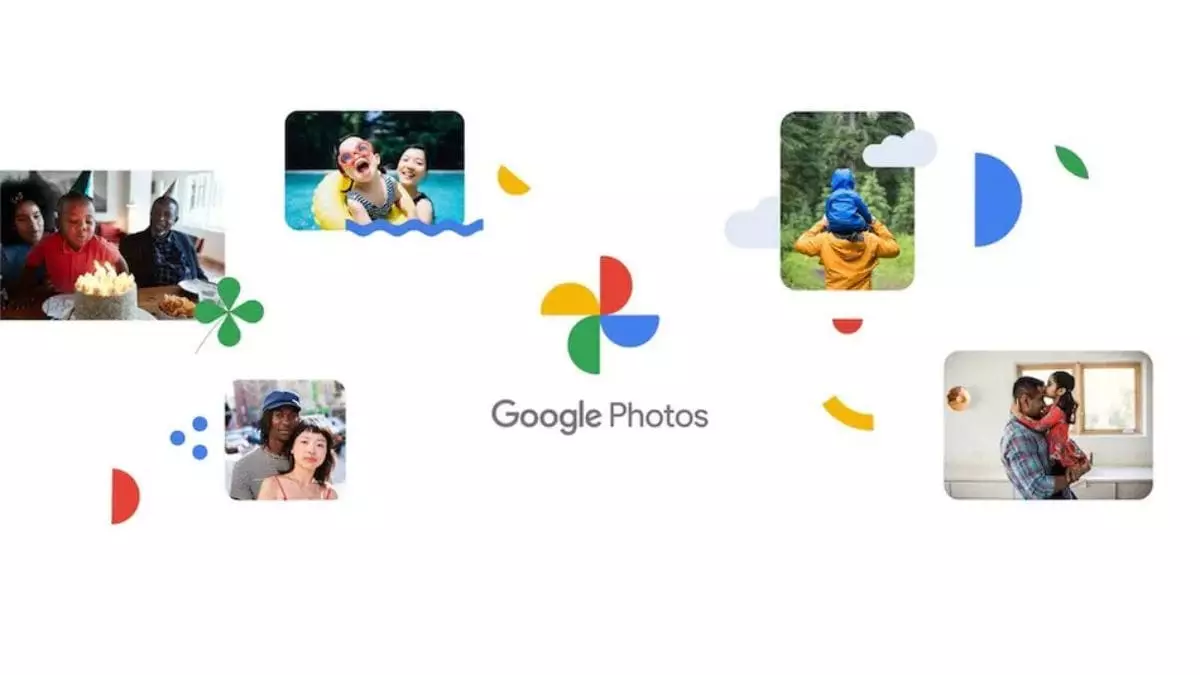In a world where digital media is omnipresent, the proliferation of artificial intelligence (AI) in creating and manipulating images poses significant challenges to authenticity and trust. Google Photos, the popular photo and video storage service, appears to be evolving its functionality to address this dilemma. The introduction of a feature aimed at identifying AI-generated or enhanced content in users’ galleries signals a proactive approach towards safeguarding the integrity of visual media. This feature not only aims to combat disinformation but also positions Google at the forefront of technological transparency.
Deepfakes are not just another tech trend; they represent a concerning evolution in digital media manipulation. The term refers to highly realistic multimedia content created through AI algorithms that can seamlessly blend real and fabricated elements. From politicians to celebrities, instances of deepfake technology being misused have made headlines. A recent high-profile case involved renowned actor Amitabh Bachchan, who took legal action against a company for using a deepfake video advertisement that falsely presented him endorsing their products. These occurrences indicate the potential for deepfakes to spread misinformation and manipulate public perception, highlighting the urgent need for technology that differentiates reality from artifice.
Reportedly in development within the Google Photos app, new functionality related to AI identification could transform how users interact with their media. The feature is expected to implement ID resource tags, which will provide insights into whether an image has undergone AI manipulation or generation. Although currently dormant in Google Photos version 7.3, the presence of XML code alluding to this functionality demonstrates Google’s commitment to addressing the deepfake crisis. By adding this layer of metadata, Google aims to empower users with knowledge about the origins of the images they view and share, facilitating informed decisions in an increasingly misleading digital environment.
The new identifiers—dubbed “ai_info” and “digital_source_type”—will likely play a crucial role in achieving this transparency. The “ai_info” tag could indicate whether the image was produced by an AI tool that follows transparency guidelines, while the “digital_source_type” may provide specifics about the AI model utilized in the creation process. Models like Gemini, Midjourney, and other advanced AI generators could be recognized within this framework. However, the logistics of displaying this information to users remain unclear, presenting a challenge for Google in developing an accessible user interface that promotes understanding without overwhelming users.
On one hand, integrating the information into the Exchangeable Image File Format (EXIF) data ensures an unalterable structure, protecting the credibility of the details against tampering. Yet, this approach carries the downside of requiring users to navigate to the metadata section to access such insights. Conversely, a more immediate option could involve placing visible tags on images, akin to Instagram’s strategy. Such badges would make it easier for users to identify AI-generated content at a glance, fostering a culture of awareness and discernment.
As technology drives increasing sophistication in image creation, societal perceptions of truth are tested. Google’s innovation in identifying AI content could inspire wider industry adoption, prompting other platforms to prioritize transparency as well. The initiative also represents a meaningful move towards responsibility in the digital age, setting a precedent for how technology can serve as a guardian of authenticity rather than a purveyor of deception.
Moreover, this functionality could enhance user trust in Google Photos and similar services, positioning them as champions of ethical media consumption. As more people become cognizant of the prevalence of digital manipulation, recognizing the possible distortions within their own experiences becomes vital.
The proposed functionality within Google Photos embodies a significant shift towards transparency in the realm of digital imagery. By equipping users with the ability to discern AI-generated content, Google not only addresses the pressing issue of deepfakes but also fosters an environment of trust in digital media. As society grapples with the implications of technology on authenticity, features like these could set a foundation for more ethical practices moving forward—encouraging users to navigate the digital landscape with newfound awareness and critical thinking skills. The future of image authenticity lies in a proactive approach to information, and Google’s developments signal hopeful progress in that direction.


Leave a Reply